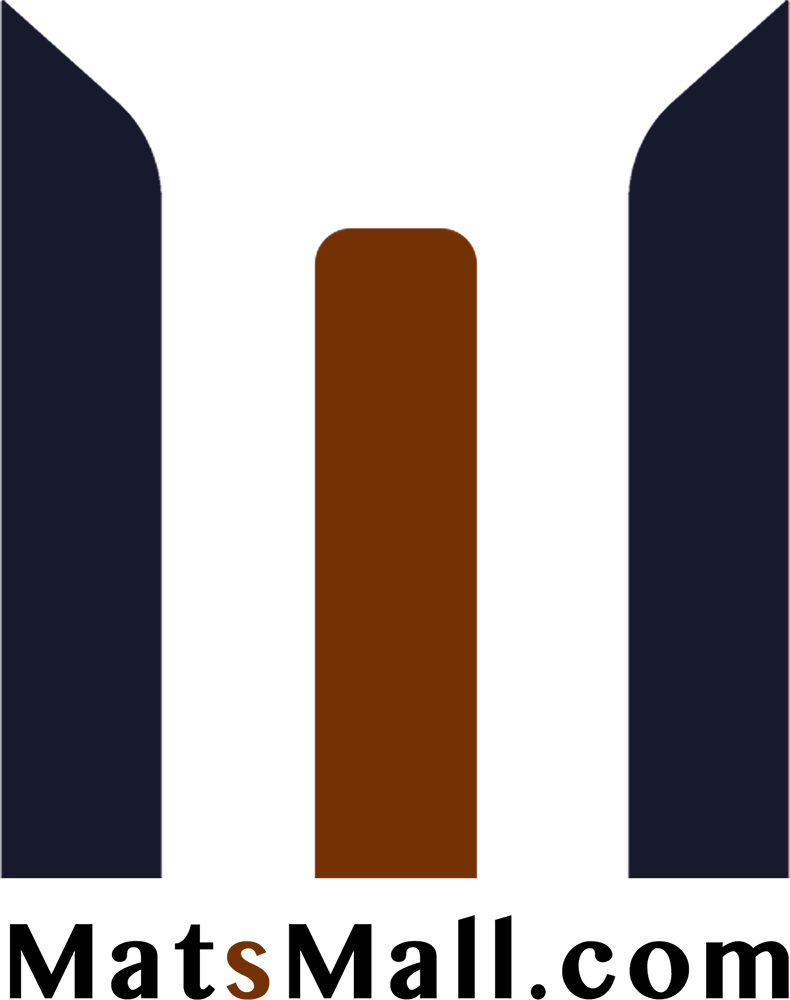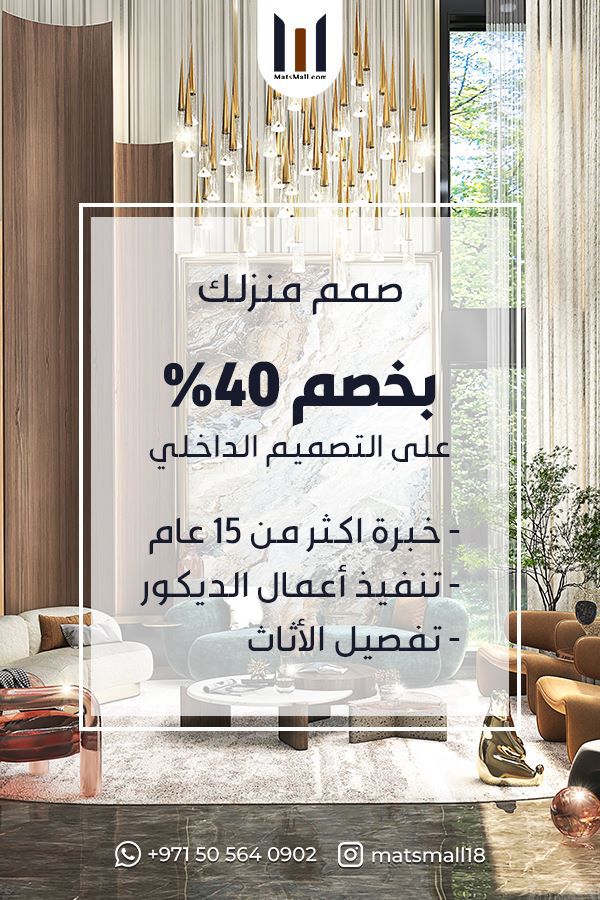Interior landscaping, often called plantscaping or interiorscaping, is the process of designing, putting in place, and caring for plants and other biophilic features inside structures. Creating a natural and welcoming atmosphere inside buildings is the primary goal of this idea, which is similar to landscaping in outdoor places.
Definition and Purpose of an Interior Landscape
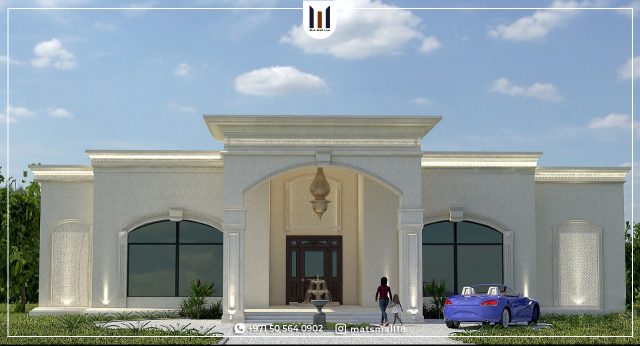
This idea is similar to landscaping in outside areas, but it focuses primarily on making an inviting and natural environment inside buildings. Interior landscapes are designed to improve the visual appeal and practicality of indoor areas and can incorporate a range of components, including plants, water features, rocks, and other natural materials.
The presence of an interior landscape in indoor areas has many advantages. According to research, adding plants and other natural elements to indoor spaces can enhance people’s physical and emotional well-being. Interior landscaping has been proven to lower stress, elevate mood, and boost production.
Benefits of an interior landscape design

In residential and commercial locations, interior landscaping can be used to produce a peaceful environment. By removing pollutants and boosting oxygen levels, interior landscaping can also serve to improve the air quality of indoor areas. Due to the multiple advantages that these natural components may bring to indoor environments, incorporating an internal landscape into indoor spaces has grown to be a very popular trend in architecture and interior design.
Therefore it has a significant positive impact on the well-being of individuals who occupy those spaces.
What are the steps in a project for internal landscaping?
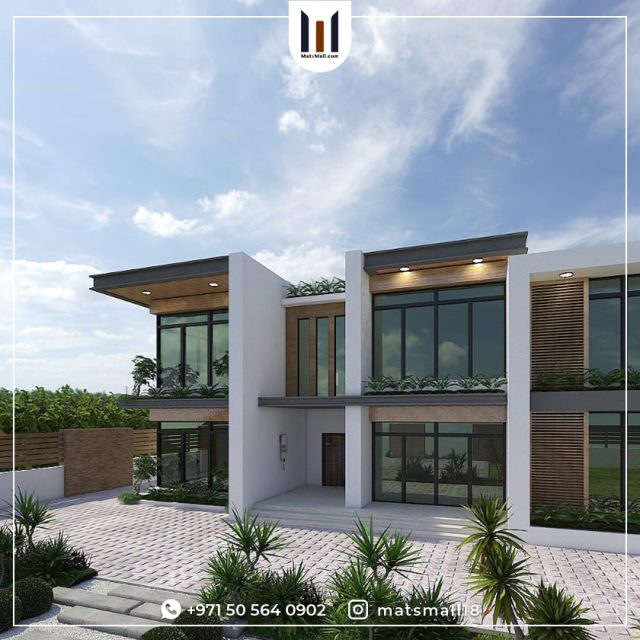
The process of indoor landscaping involves a number of variables. Three basic elements can be discussed for any design project, whether it be for your home or workplace structure. They will form the basis for assessing the project’s quality:
1- Asses the area and set clear objectives
Assessing the area and establishing the design objectives are the initial steps in any inside landscaping project. To determine the current state of the area, you must conduct a site visit. It is important to take into account elements like lighting, traffic flow, and the overall beauty of the area.
2- Set a detailed plan with an overall budget
In order to do this, functional diagrams that describe the suggested layout and style of the space must be created. A full budget outlining all project costs, including materials, and labor, should also be included in the plan. To prevent unexpected expenses during the implementation phase, it is crucial to make sure that the budget is realistic and that all costs are taken into account.
3- Implementation and maintenance
In order to do this, the right plants and building materials must be chosen and installed in the area. To ensure that the finished product meets the design objectives. Routine landscape care should be discussed with the project owner to ensure that the area is maintained well and any issues are resolved right away.
Where I can set up my indoor landscape?
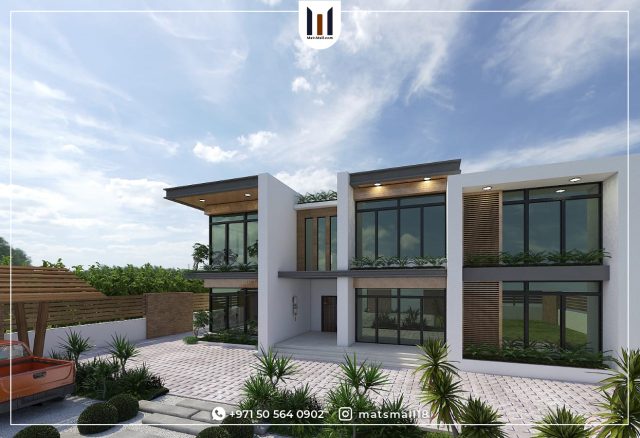
If you want to add Greeny items to your house and can’t decide the proper place for them, here is a list of where you can use your Greeny collection.
- Bedroom, Using bedroom plants can help with sleeplessness, stress, and air pollution problems.
- Bathroom, They can prevent insects including flies, mosquitoes, and cockroaches, as well as unpleasant odors.
- Living room, plants in living rooms can reduce noise while filtering the air and acts as the room’s focal point.
- when designing kitchen decor, Only display plants far from the stove to prevent incidents. Herbal plants like rosemary, mint, and basil are suggested.
Types of interior landscape design
There are many landscape designs available to use indoors, but choosing the right type can make the space look more beautiful and functional, here are some of the most used types.
- Landscape Green Gardens/Horticulture
- Living wall or vertical gardens
- Water scaping
- Floating indoor landscaping
- Stone scaping
We recommend using fiberglass plants if you don’t have enough space for big landscape designs, as it’s so easy maintenance and has lots of shapes and colors that can fit easily indoors.
10 most used plants for interior landscape designs
- Snake plants
- Aglaonema
- Peace Lily
- Dracaena
- Spider Plant
- Philodendron
- Polka dot plant
- Lucky bamboo
- jade plant
- Calatheas
people also ask:
How matsmall can help?
Matsmall has designed various interior landscape designs for commercial and residential clients all over the world, if you want to hire a professional landscaper, contact us at +971505640902.
